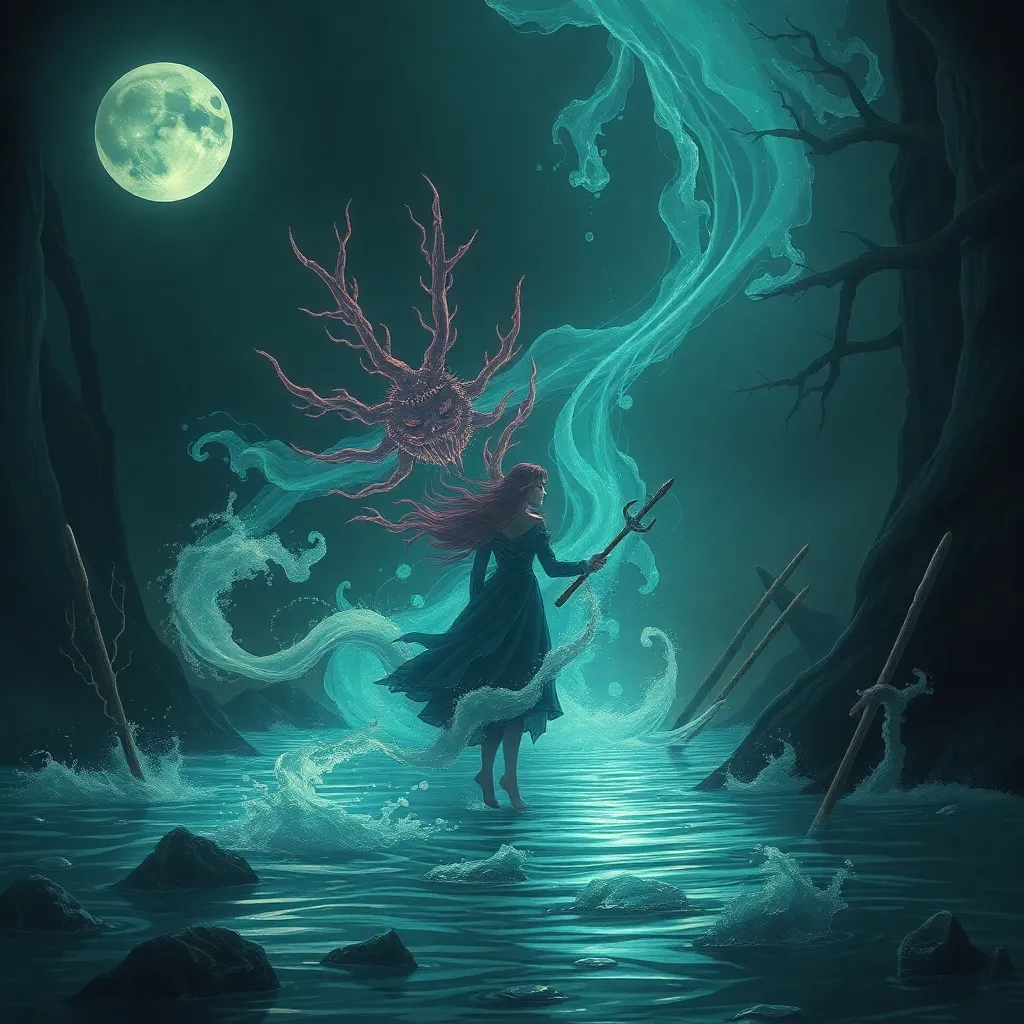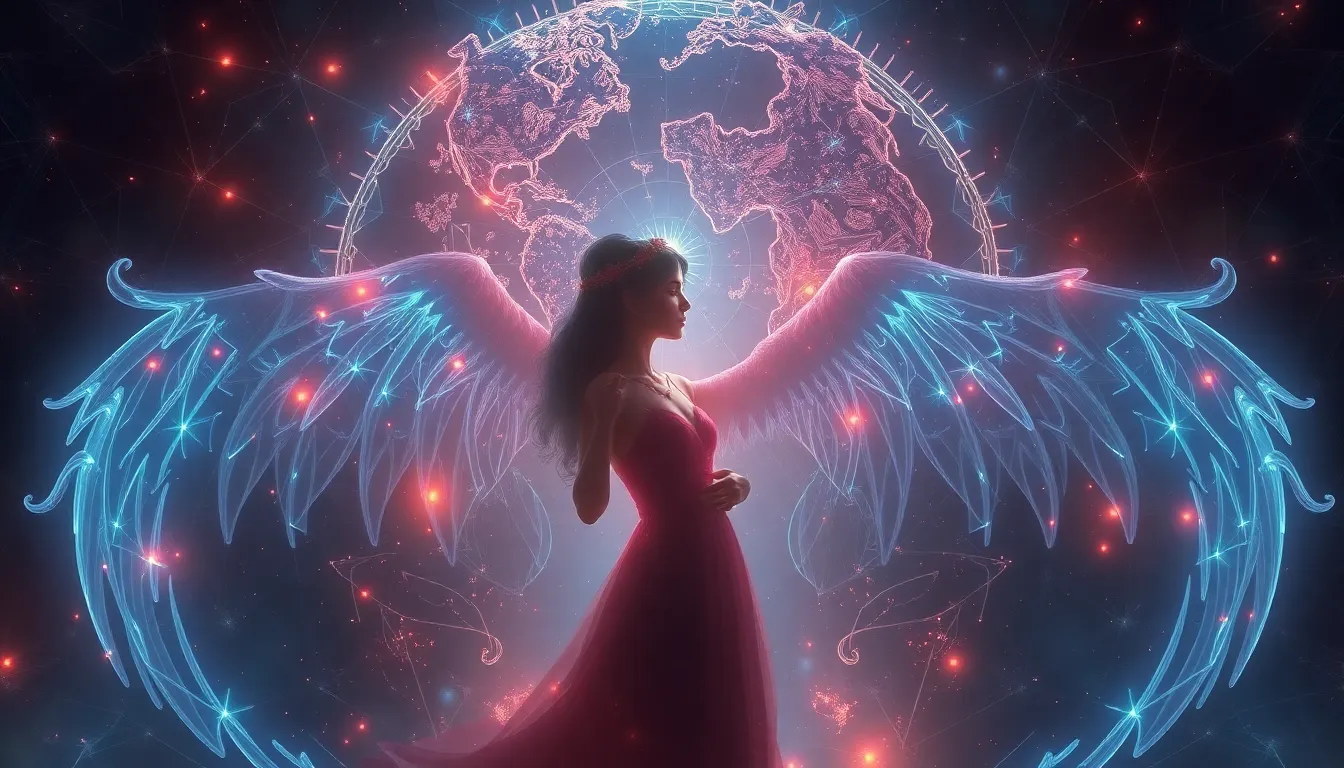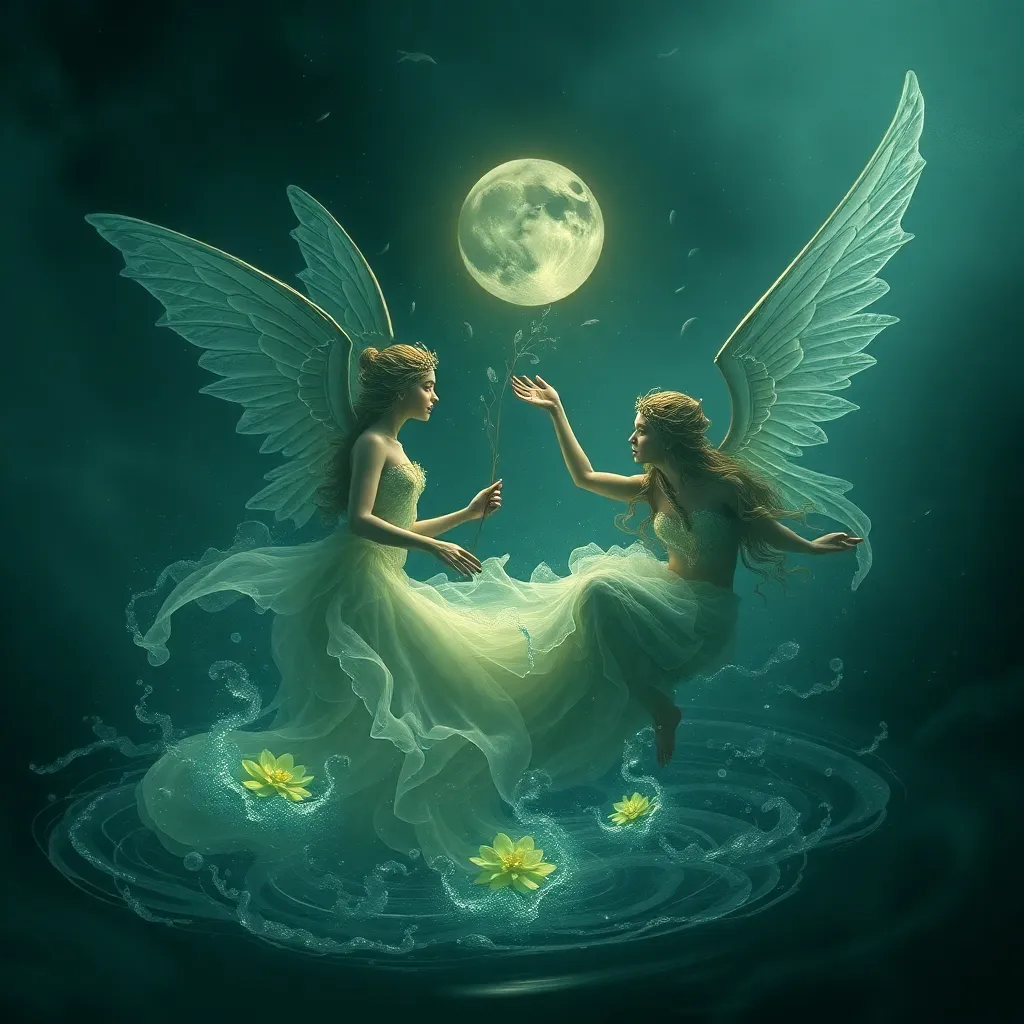Mythical Mayhem: The Most Intense Conflicts in Lore
I. Introduction to Mythical Conflicts
Mythical conflicts are the intense and often violent struggles that occur within folklore and mythology, portraying the eternal battle between good and evil, divine and mortal, and the natural and supernatural. These epic tales resonate with audiences across generations, serving not only as entertainment but also as a means of conveying cultural values, moral lessons, and the complexities of human nature.
These stories hold immense importance in cultural heritage as they provide insight into the beliefs, fears, and aspirations of different societies. By exploring these narratives, we can understand the historical context and the philosophical inquiries that shaped civilizations. This article will delve into some of the most intense conflicts in lore, examining their backgrounds, key figures, and the lessons they impart.
II. The Titans vs. The Olympians: A Clash of Divine Powers
In Greek mythology, the Titans were the powerful deities that ruled during the Golden Age. They were descendants of Uranus (Sky) and Gaia (Earth) and were known for their immense strength and longevity. However, their reign was challenged by a new generation of gods, the Olympians, led by Zeus.
The rise of the Olympians marked a significant shift in power dynamics within the pantheon. Key figures such as Zeus, Hera, Poseidon, and Hades emerged to confront their Titan predecessors. The most notable event in this conflict was the Titanomachy, a devastating war that lasted for ten years, culminating in the defeat of the Titans.
- Key Events of the Titanomachy:
- The Olympians, aided by the Cyclopes and Hecatoncheires, launched an assault against the Titans.
- Zeus wielded his thunderbolt, which became a symbol of his power.
- The Titans were ultimately imprisoned in Tartarus, a deep abyss used as a dungeon.
This conflict not only established the supremacy of the Olympian gods but also set the stage for numerous myths that would follow, influencing Western literature and thought.
III. Ragnarok: The End of the Norse World
Ragnarok, in Norse mythology, signifies the end of the world and the final confrontation between gods and giants. The pantheon of Norse gods, including Odin, Thor, and Loki, faces an apocalyptic battle that results in the death of many prominent figures and the submersion of the world in water.
Several key events lead up to Ragnarok, including:
- The Fimbulwinter, a great winter that precedes the end.
- Loki’s betrayal and the breaking of his bonds.
- The gathering of the giants and monsters, including Fenrir and Jormungandr.
During the final battle, known as the “Twilight of the Gods,” the forces of order will clash with chaos, leading to the demise of many gods and the rebirth of the world.
IV. The Epic of Gilgamesh: Friendship and Conflict in Ancient Mesopotamia
The “Epic of Gilgamesh” is one of the oldest known literary works, chronicling the adventures of Gilgamesh, the king of Uruk, and his close companion, Enkidu. Their journey is marked by conflict, both external and internal, as they confront formidable foes and grapple with their own humanity.
Key conflicts in the story include:
- The battle against Humbaba, the guardian of the Cedar Forest.
- The confrontation with the Bull of Heaven, sent by the goddess Ishtar as punishment.
Throughout their journey, themes of mortality, friendship, and legacy emerge, reflecting the human condition and the inevitability of death.
V. The Mahabharata: A Tale of Family and War
The “Mahabharata” is an epic narrative that encompasses a multitude of stories, with the central conflict revolving around the Kurukshetra War. This epic details the struggle for power between two factions of a royal family: the Pandavas and the Kauravas.
Key players in this conflict include:
- The Pandavas: Yudhishthira, Bhima, Arjuna, Nakula, and Sahadeva.
- The Kauravas: Duryodhana, the eldest Kaurava, and his brothers.
The conflict is marked by strategic battles, alliances, and moral dilemmas, highlighting the complexities of dharma (duty) and the consequences of war. The lessons learned from this epic continue to resonate in discussions of ethics and conflict resolution in modern contexts.
VI. King Arthur and the Knights of the Round Table: Chivalry and Betrayal
The legend of King Arthur is a tale of noble chivalry intertwined with betrayal and tragedy. Arthur’s reign is characterized by the ideals of knightly virtue, but it is also riddled with internal conflicts that ultimately lead to the fall of Camelot.
Key internal conflicts include:
- The affair between Lancelot and Queen Guinevere.
- The treachery of Mordred, who seeks to usurp Arthur’s throne.
The tragic end of Camelot serves as a poignant reminder of the fragility of ideals and the consequences of betrayal, emphasizing the complexities of loyalty and honor in human relationships.
VII. The Battle of the Gods: Egyptian Mythology’s Divine Conflicts
Egyptian mythology is rich with stories of divine conflicts, particularly the struggles between gods like Osiris, Set, and Horus. Osiris, the god of the afterlife, is murdered by his brother Set, leading to a series of power struggles that define the mythological landscape.
Major events include:
- Set’s usurpation of Osiris’s throne.
- Horus’s quest for vengeance and rightful claim to the throne.
These conflicts are not merely tales of power; they hold deep significance in Egyptian culture, symbolizing the struggle between order and chaos, life and death.
VIII. The Legend of the Phoenix: Rebirth Through Conflict
The Phoenix is a mythical bird that symbolizes rebirth and renewal, known to rise from its ashes after being consumed by flames. This cycle of death and rebirth represents not only physical transformation but also the enduring spirit of resilience in the face of conflict.
The symbolism of the Phoenix appears in various cultures, often representing:
- Transformation through adversity.
- Hope and renewal after despair.
Modern interpretations of the Phoenix myth continue to inspire literature, art, and popular culture, emphasizing the timeless nature of this archetype.
IX. Conclusion
Mythical conflicts serve as powerful narratives that explore the complexities of existence, morality, and the human experience. From the battles of gods to the struggles of heroes, these stories encapsulate the essence of the conflicts that define our lives. By examining these epic tales, we not only gain insight into ancient cultures but also reflect on the enduring themes that resonate with us today.




